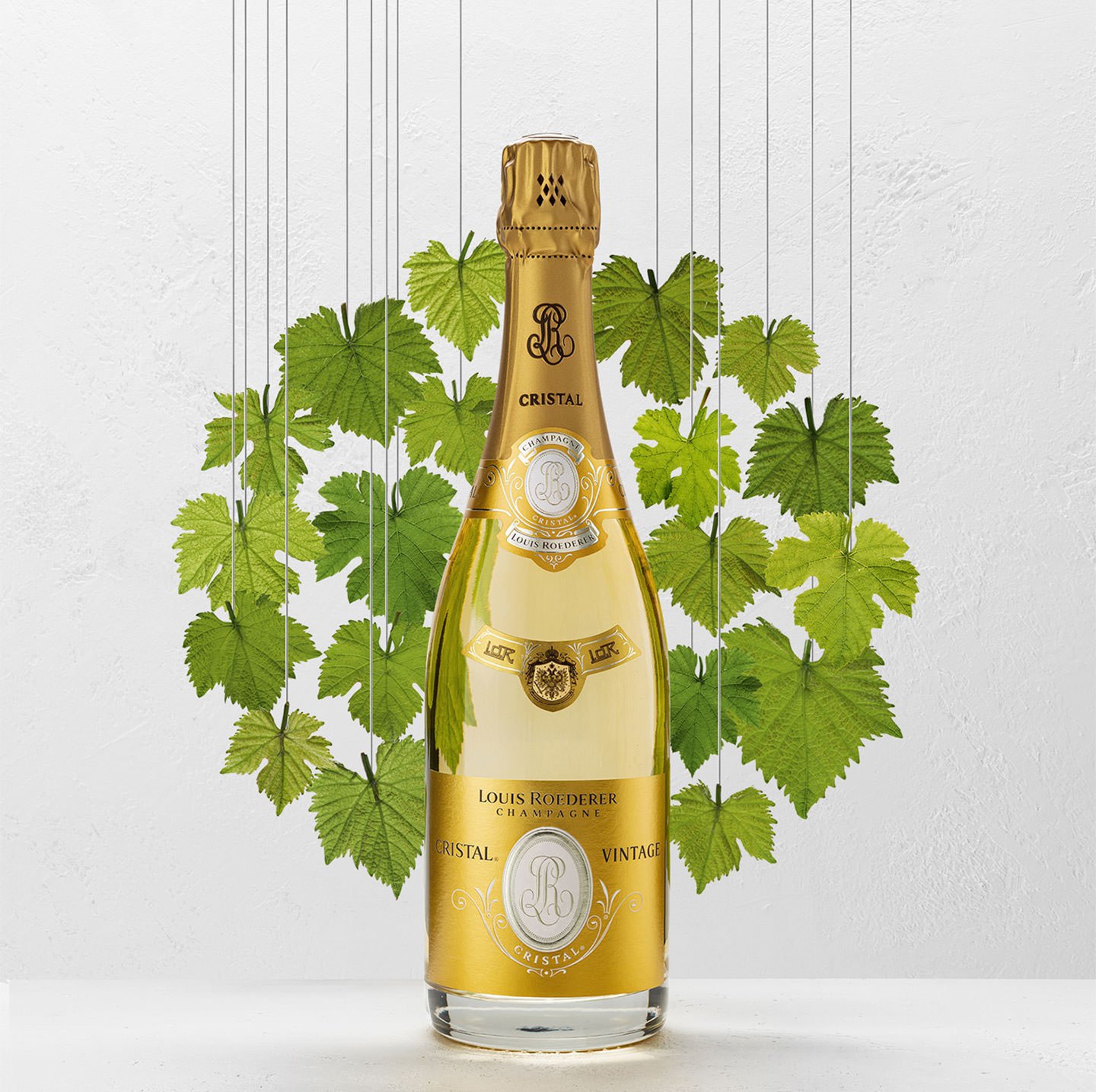
Louis Roederer
Represented by Jean-Baptiste Lécaillon
Founded in 1776 as Dubois Père & Fils, this famous house acquired its present name in 1833, when Louis Roederer took charge of the firm. Under his direction the business expanded considerably, particularly in the lucrative Russian market, and by 1872 the house’s sales had grown to an astounding 2.5 million bottles a year, which accounted for one-tenth of Champagne’s total production at the time. The house was to achieve even greater fame in 1876 when Roederer’s son, also named Louis Roederer, invented the legendary Cristal, packaging it in a clear crystal bottle as an exclusive cuvée for Tsar Alexander II.
Unfortunately, the house’s principal market was to vanish overnight with the Revolution of 1917, and it would take several decades to recover. Camille Olry-Roederer took control of the house in 1932, following the death of her husband Léon Olry-Roederer, the nephew of Louis Roederer II, and under her direction the house not only rebounded but established itself as one of the most important in Champagne. Olry-Roederer would manage the house with great energy and vivacity for over 40 years, and upon her death it passed into the hands of her daughter, and then in 1979 to her grandson Jean-Claude Rouzaud. Rouzaud continued to expand the house’s production and sales, and also to acquire other wine properties, establishing a group that today includes the Champagne house of Deutz as well as other top estates around the world, such as Roederer Estate and Scharffenberger in California, Château Pichon-Longueville Comtesse de Lalande, Château de Pez and Château Haut-Beauséjour in Bordeaux and Ramos-Pinto in the Douro. Since 2006, his son Frédéric Rouzaud has taken over the reins. Roederer's chef de cave is Jean-Baptiste Lecaillon, who has been with the house since 1989. Roederer owns 214 hectares of vines in the Champagne region, 127 hectares of which are classified grand cru. These vineyards account for 70 percent of the house’s total needs, an astonishingly high figure that undoubtedly contributes to the quality and consistency of Roederer’s wines. More significantly, all of Roederer's champagnes except for the non-vintage Brut Premier are made entirely from estate-owned vineyards, which is unique among Champagne houses. Yet it’s not only the quantity of Roederer’s vineyards that is impressive, but also the quality of work performed in the vines. A majority of the vineyard is still conventionally farmed, although without any systemic herbicides and with a minimum of synthetic treatment. However, Roederer is increasingly investigating more environmentally-friendly methods of viticulture, with impressive results. The house began trials with biodynamics in 2007, following a seven-year period of "cleaning" the relevant parcels, and today, it has become the largest biodynamic producer in Champagne, with a total of 64 hectares currently farmed biodynamically (this includes young parcels that are not currently in production, which account for about 20 hectares). Much of the rest of the house's vineyards are planted with cover crops and worked organically, and Roederer has also been expanding its experiments with plowing by horse rather than tractor: as of 2014, 26 hectares will be worked entirely by horse.
Information courtesy of Peter Liem's ChampagneGuide.net ©

